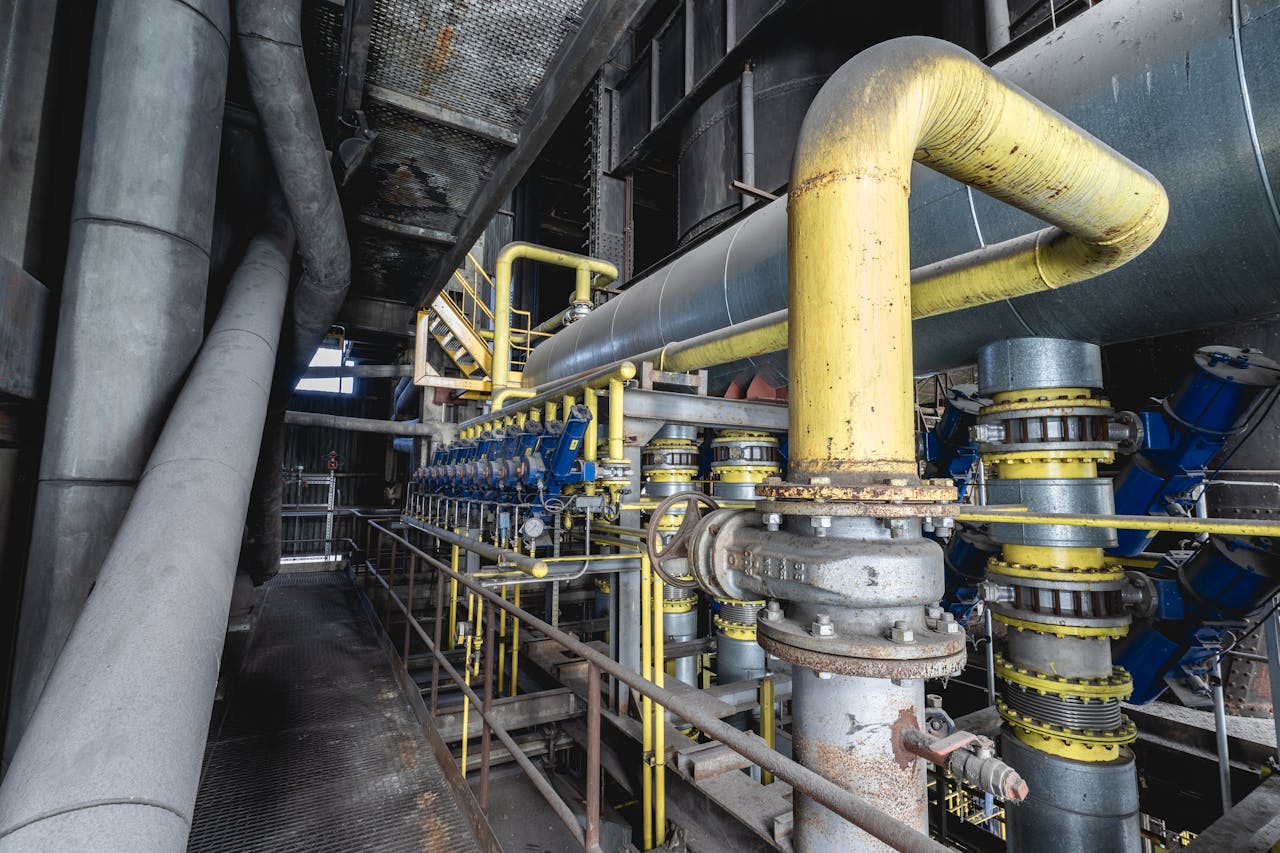
Hot Tapping: Basics and Key Industry Uses
Hot tapping is a widely used pipeline technique that allows new connections to be made to a pressurized system without shutting it down. It is also known as pressure tapping or live tapping. The process is designed to safely cut into a pipeline, tank, or vessel that is still in service. Why is hot tapping so important? In today’s fast-paced industries, downtime can cost companies millions. Shutting down production facilities is not always practical, especially in utilities, oil and gas, or water distribution. Hot tapping makes it possible to keep things running smoothly while still making modifications. For businesses, this translates to operational efficiency and uninterrupted service.
In this blog, you’ll learn what hot tapping is, how the process works, its benefits, and its limitations. We’ll also cover the industries where it is most often applied. To help decision-makers, we’ll compare hot tapping with line stopping, highlight leading hot tapping companies, and share tips on choosing the right service provider. By the end, you’ll have a clear picture of why hot tapping is a trusted solution worldwide and how experts like F4 Holdings make the process safe and reliable.
What Is Hot Tapping?
So, what is hot tapping in simple terms? It is a pipeline connection method that allows you to create a branch or tap into an existing line that is still under pressure. Instead of shutting the system down, hot tapping makes it possible to cut through the wall of a pipeline while the contents inside continue to flow.
The process is also referred to as live tapping, pressure tapping, or pressure cutting. Each name refers to the same core idea, cutting into a pressurized system without stopping it. The general purpose of hot tapping is to connect new branches, add measurement devices, or carry out modifications. This makes it a flexible option for industries that cannot afford disruption.
The concept revolves around safety, precision, and specialized equipment. A valve is attached to the pipeline, and then a drilling machine carefully cuts through. Once complete, the new branch is ready for use. Hot tapping is widely used in natural gas distribution, oil pipelines, water systems, and chemical facilities.
The Hot Tapping Procedure (Step-by-Step)
Now that we have understood what hop-tapping is, let us understand the procedure it follows:
Step 1: Fitting Installation
The first and foremost step is the installation of a fitting. A fitting is a welded or mechanical saddle that is installed on the pipeline. This fitting acts as the foundation of the tap and ensures a secure seal.
Step 2: Mounting Valve and Drilling Machine
After fittings come the mounting of the valve and the drilling machine. A valve is mounted in the fitting. A drilling machine is then attached to this valve. This machine is designed to cut the pipeline wall with precision.
Step 3: Drilling and Removing the Coupon
Once this is done, a hole is cut into the pressured line with the help of a drilling machine. The piece that is removed from this material is called a coupon. Once the cut is complete, this coupon is withdrawn through the valve, which remains closed to prevent any leaks.
Step 4: Connecting the New Branch
Once the hole is made, the valve provides a connecting point for a new branch. And after this branch is attached, it can be brought online immediately. This allows flow through the new pipeline extension.
Common hot tapping equipment includes hot tapping machines, pressure-rated valves, and pipeline fittings.
Benefits of Hot Tapping
Hot tapping offers a wide range of benefits that make it the preferred method in many industries.
1. Continuous Service Without Shutdown
The biggest advantage is that pipelines or systems remain in operation. Businesses avoid costly disruptions.
2. Cost Savings and Reduced Downtime
Shutting down a plant for modifications can be extremely expensive. Hot tapping reduces downtime, which lowers overall project costs.
3. Environmental Benefits
Since there is no need to drain or vent systems, product loss is minimal. This helps protect the environment and reduces waste.
4. Operational Efficiency and Flexibility
Hot tapping provides flexibility for future expansions or emergency fixes. It allows industries to grow their infrastructure without halting supply.
These benefits explain why hot tapping is now a standard practice in utilities, oil and gas, and industrial applications.
Also read more on How to Select the Right Hot Tapping Equipment for Your Pipeline System
How to Choose the Right Hot Tapping Company
Industries need to choose the right hot tapping service provider. Here are some key factors to consider:
- Experience and Safety Record:
Before choosing any hot tapping company, you should always check their experience in such business. Customer feedback or testimonials play a crucial role in this regard.
- Certifications and Compliance:
Every service provider shall strictly comply with all the necessary documents and compliances. This confirms the businesses’ responsibility to the industry regulations.
- Equipment Capability
Ensure the provider can handle your pipeline’s pressure, size, and material.
- Customer Reviews and References:
Reviews and past projects help measure reliability.
When choosing, consider companies like F4 Holdings that combine technical expertise with strong safety practices. This ensures projects are completed efficiently and without risk.
Conclusion
Hot tapping is a critical pipeline technique that allows industries to stay operational while making changes. It answers the question of “what is hot tapping” with a clear solution: creating live connections safely and efficiently. The benefits are undeniable: continuous service, cost savings, environmental protection, and unmatched flexibility. From gas pipelines to water systems and industrial facilities, hot tapping has applications everywhere. While line stopping serves its purpose, hot tapping remains the go-to choice for live connections. For businesses considering pipeline modifications, trusted providers like F4 Holdings deliver safe, efficient, and innovative solutions.
FAQs
1. What is hot tapping in pipelines?
In simple words, hot tapping is a process in which new branches of connection are made on a live pipeline. This process allows industries to continue operations while safely modifying pipelines.
2. Why do industries prefer hot tapping?
Several industries heavily rely on hot-tapping pipeline techniques. This is because it helps them avoid costly downtime, reduce environmental impact, and ensure continuous service.
3. How is the hot tapping procedure carried out?
The hot tapping procedure usually involves several steps and stages. This included installing fittings, mounting a valve and drilling machine, cutting a hole in the live line, and connecting a new branch while maintaining pressure safely.
4. Why do hot tapping companies provide?
Companies providing hot tapping services have several things to provide. This includes distributing natural gas, installations of oil pipelines, creating water supply systems, chemical plants, and power plants etc.
5. How do I choose the right hot tapping company?
Choosing the right hot tapping company might be challenging. While selecting, you should keep several things in consideration. This should include a check for proven experience, certified safety standards, advanced equipment capability, etc.
